Let us learn to appreciate there will be times when the trees will be bare, and look forward to the time when we may pick the fruit. –Anton Chekhov
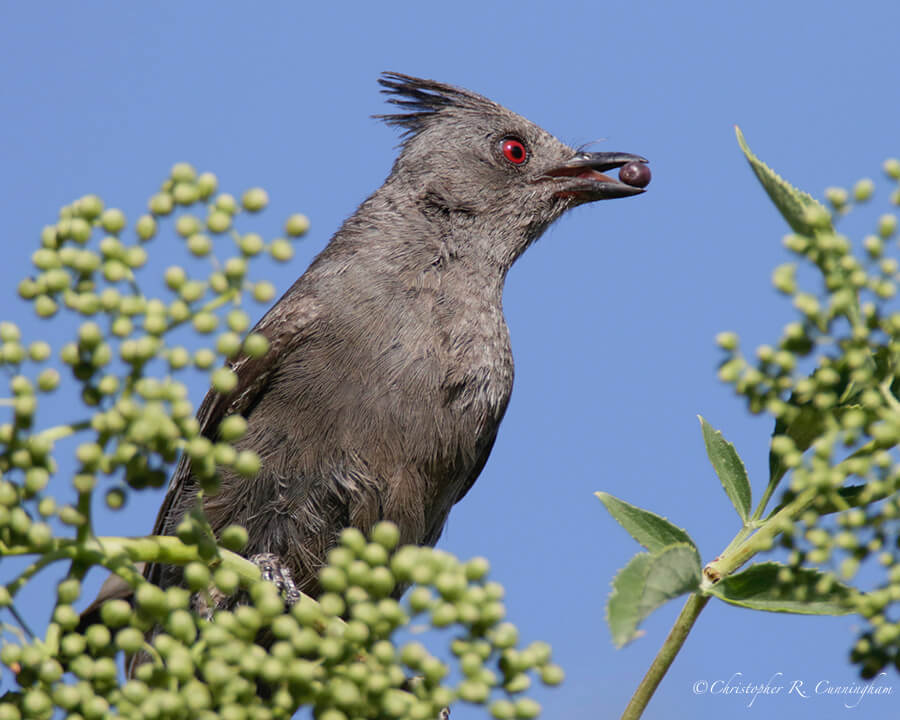
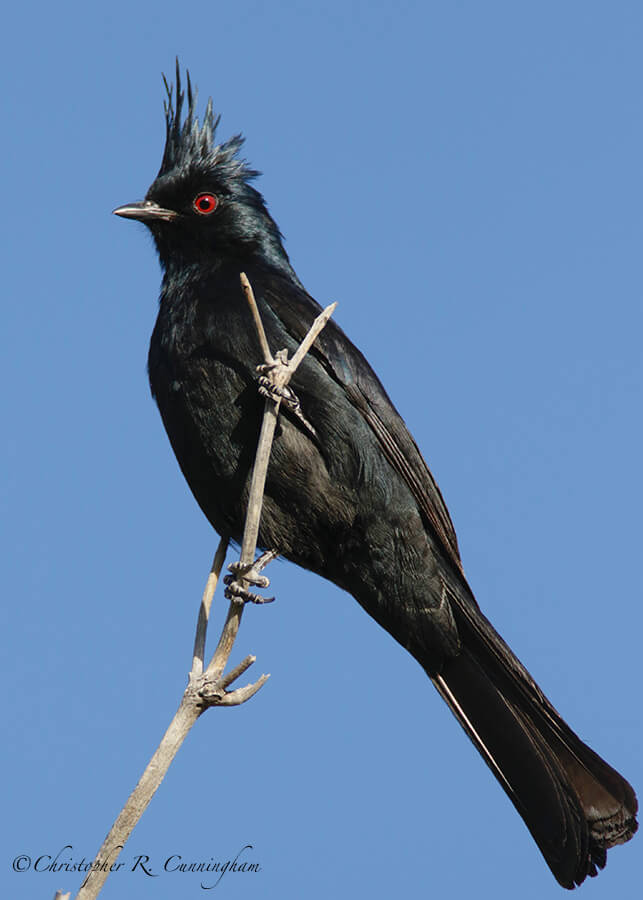
A group of four bushy elderberry trees (Sambucus sp.) are currently in fruit a short walking distance from our Canyon House. A small flock of Phainopeplas are in residence around the bushes, and presumably will stay until all the fruit is consumed.
Ash-throated Flycatchers are the next most abundant birds that are gobbling up the fruit. Rather than hang around there, though, small groups come and go. At least three other species of tyrant flycatchers are eating the fruit: Western Wood-Pewees, Western Kingbirds and a Thick-billed Kingbird. I got the binoculars on the Wood-Pewees and the Thick-billed Kingbird a few times, but have yet to get photos. I’ll keep trying.
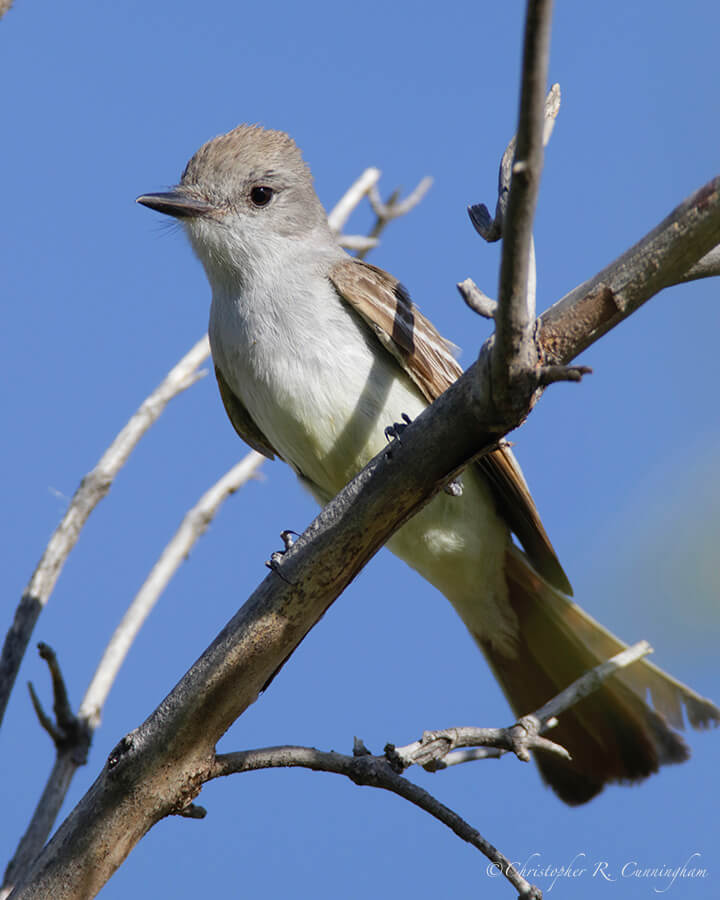
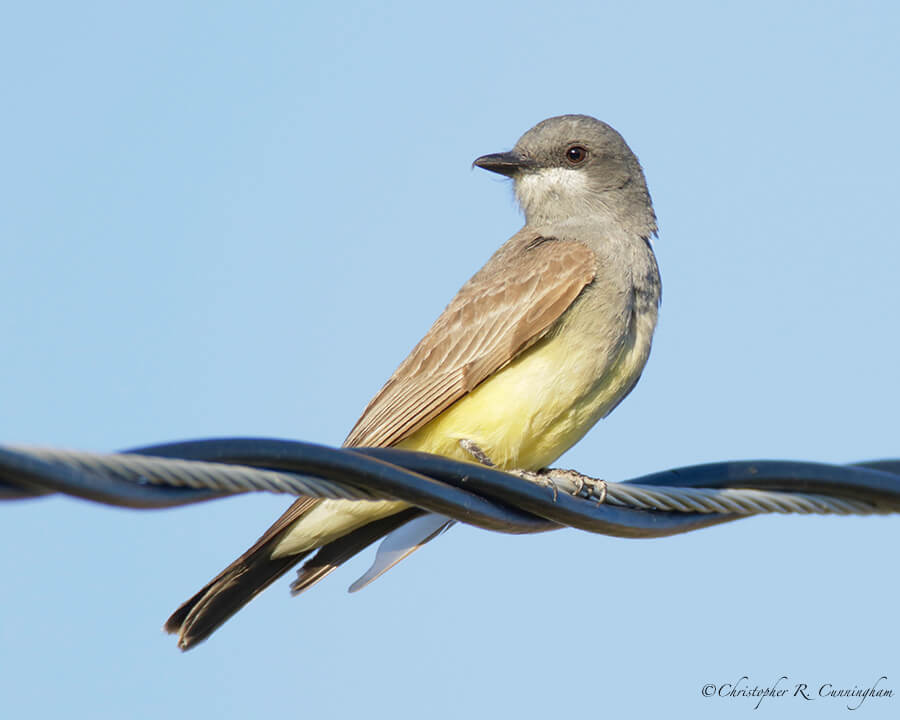
Other species of fruit-loving birds are also present in smaller numbers in the cluster of trees. These include Black-headed Grosbeaks, Bendire’s Thrashers, Curve-billed Thrashers, White-winged Doves, House Finches, Ladder-backed Woodpeckers, Western Tanagers, Northern Mockingbirds, Northern Cardinals, and a small drab vireo. I think I also spotted a Lesser Goldfinch plucking fruit, but I can’t be sure. A Canyon Towhee was also hanging around once, but I didn’t see it eat any berries–it’s presence may have been incidental, being a common bird in the desert at this elevation (around 5000 feet).
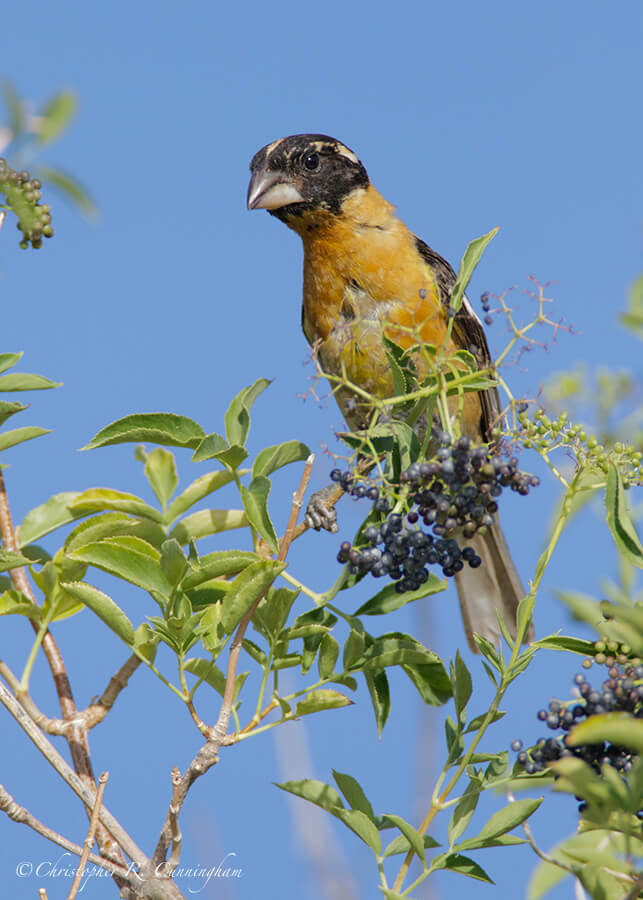
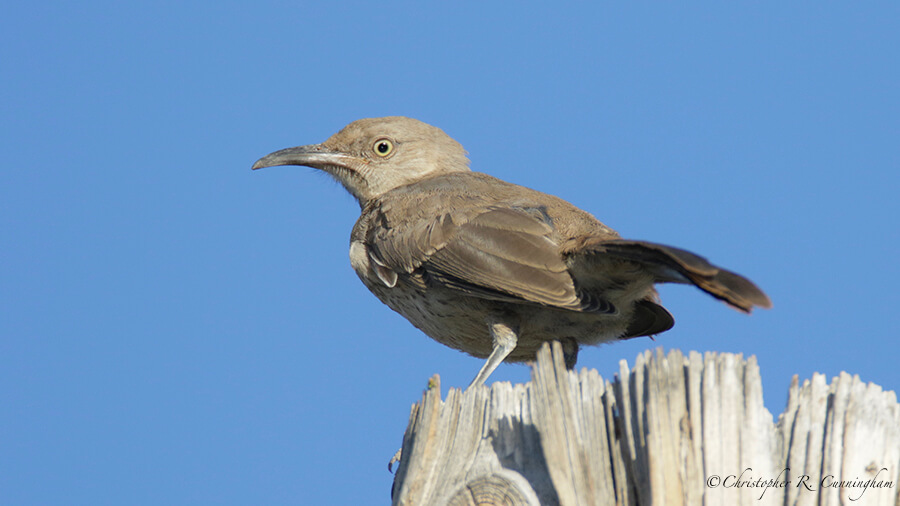
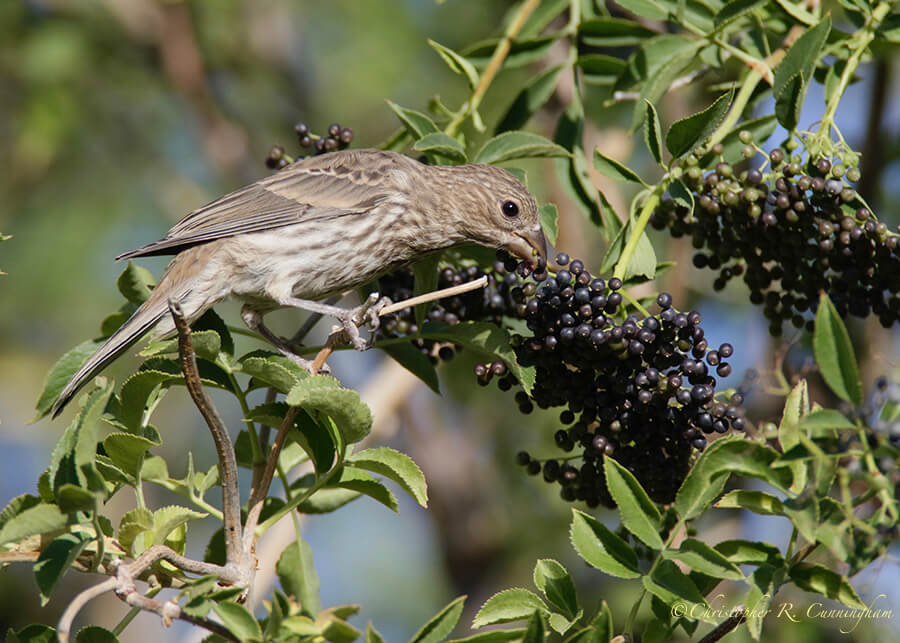
The desert is a marvelous place, but resources come and go, and nothing is certain. Rains may bring creeks to life and form puddles–but they soon dry up again. Flowers and fruit come and go, and the life of the desert must be ever vigilant in finding food and water and moving on to the next opportunity . . . But one thing is clear: We’ll be planting elderberries on our land!
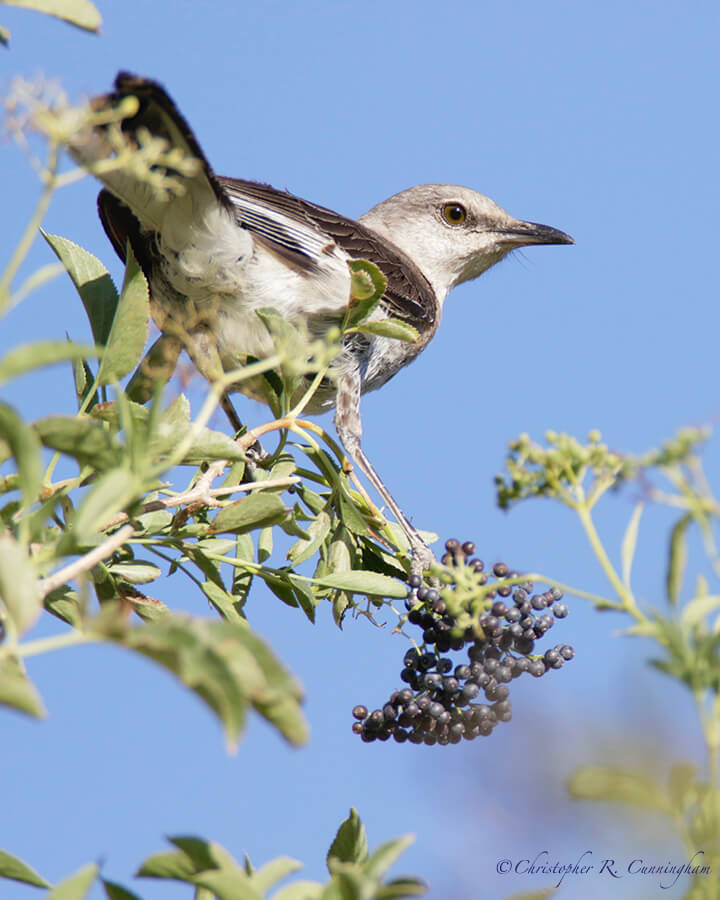
©2018 Christopher R. Cunningham. All rights reserved. No text or images may be duplicated or distributed without permission.